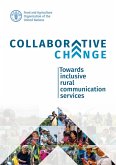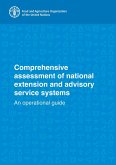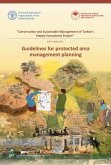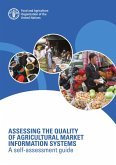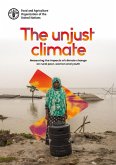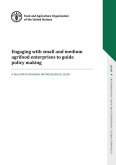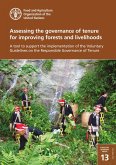Yet, the transformative power of digital technologies also entails the risk of widening existing divides. As we seek to engage youth in the digital space, we must consider a series of interrelated factors that influence their online experiences ranging from digital access, use, and literacy, to overall information flows, offline communication resources, social interactions, and the norms shaping them. These methodological guidelines will be a useful resource for development professionals who wish to leverage communication and digital technologies in their work with and for youth. The document provides an analytical framework and practical orientation to conduct age-specific and gender-responsive research on digital readiness and the overall communication ecosystem of young people in order to inform inclusive engagement strategies and youth-centred digital services. Section 1 explains the rationale behind investing time and resources in appraising the existing communication ecosystem before designing any initiative aimed at engaging youth in agrifood systems and in rural areas. Section 2 outlines an analytical framework to unpack the digital readiness and the communication ecosystem of young rural women and men along major investigation areas: digital access, use and skills; information flows; offline communication resources; and social capital and social norms. Section 3 describes how to conduct hands-on research combining the use of both qualitative and quantitative methods. Section 4 summarizes final considerations and take-home messages. The Annexes provide two examples of data collection tools, namely a mobile survey questionnaire and a focus group discussion guide, while the Field Stories present real-life examples testifying to the multiple and varied applications of the methodology within the scope of FAO's Integrated Country Approach (ICA) for Boosting Decent Jobs for Youth in the Agrifood System project.
Dieser Download kann aus rechtlichen Gründen nur mit Rechnungsadresse in A, B, CY, CZ, D, DK, EW, E, FIN, F, GR, H, IRL, I, LT, L, LR, M, NL, PL, P, R, S, SLO, SK ausgeliefert werden.



